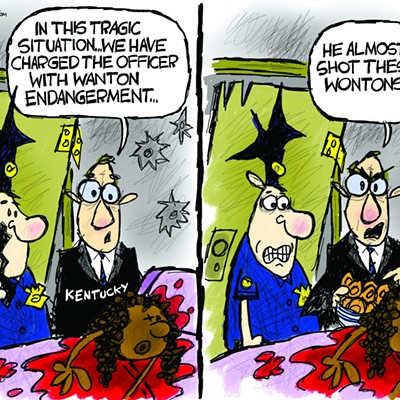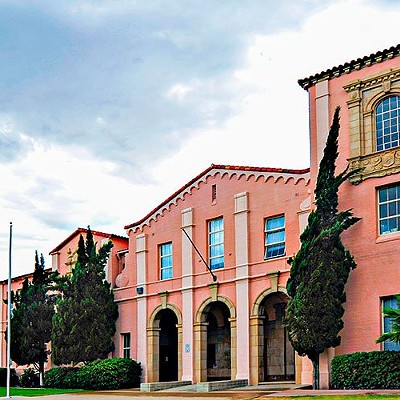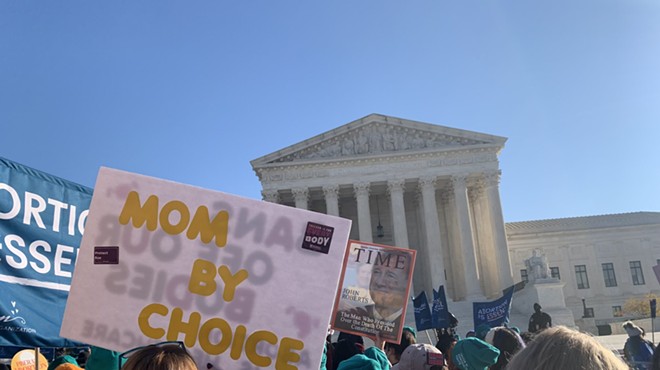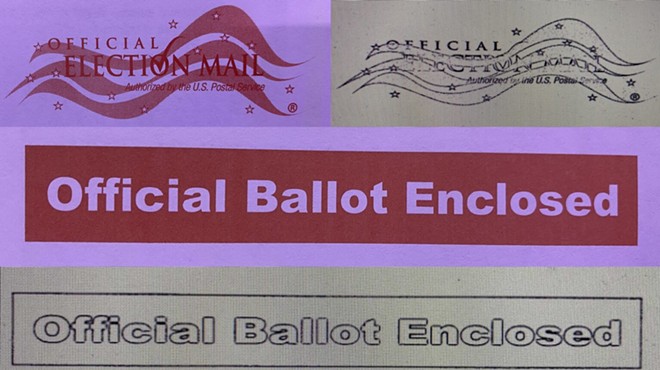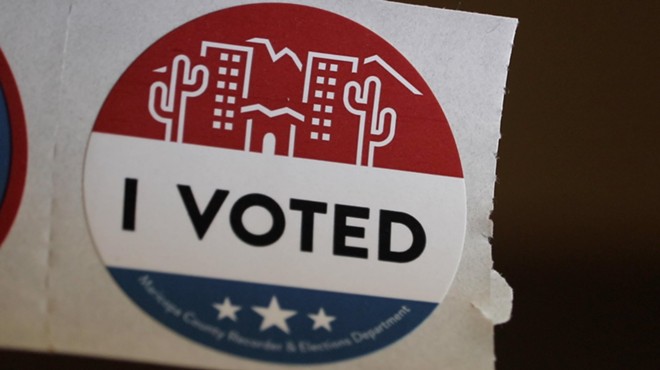Friday, August 2, 2019
The Best Example Of a Desegregated School District May Be Headed For The History Books
This is one of the saddest articles I've read recently. The daily stories about Trump and his minions keep me in a constant state of anger and anguish, but this is something different. It is an education story about a rare school desegregation success story which looks like it's about to come to an end.
The Jefferson County School District in Kentucky is one of the best examples of a desegregated urban school district in the country. It's actually one of the few examples. School desegregation efforts are not doing well these days, to put it mildly.
But according to a recent article, the school district has lost some of its community support for its desegregation efforts and is likely to become increasingly segregated. Worse, Kentucky's Department of Education is talking about "taking over the district." That's Conservative-speak for "Let's put blacks in black schools and whites in white schools where they belong."
Like I said, it's a sad article.
A few years ago I was part of a book group where we read and discussed recent books about education. Not surprisingly, the discussion often veered from the books we were reading to TUSD. At one point, the district's desegregation efforts became a topic of intense conversation. None of us thought the district's efforts have been a success, but we differed about the reasons for its failings.
I decided to do some research to find urban districts that have gotten desegregation right. My hope was, we could sift through the positive examples and compare them with the mixed — at best — desegregation efforts in TUSD. Maybe we could find some ideas for improving our desegreg efforts.
I took a deep dive into the internet and came up with hundreds of relevant items from newspapers, magazines and scholarly monographs discussing desegregation efforts, beginning with the 1954 Supreme Court's Brown v. Board of Education decision which made school segregation laws illegal, to the present. I created two folders on my computer desktop, one for the successes and one for the failures.
Soon, my deseg failure folder was stuffed to overflowing with examples of individual districts which made, at best, halfhearted attempts at integration and others where a short period of school integration was followed by a long slide into increasing segregation.
My success folder had a total of one example, the Jefferson County School District in Kentucky. It wasn't for lack of looking. It wasn't that I was making the perfect the enemy of reasonably good desegregation results. Other urban districts whose desegregation programs could be considered a success were nowhere to be found.
The Jefferson County school district was the subject of a long 2015 article delving into the complex history of its successful deseg efforts and the continual efforts by some people in the community to dismantle it.
One positive example is better than none, I guess. But the problem is, there is little for TUSD to learn from the Jefferson County success. There is zero chance it will be reproduced here.
The most important thing I learned from Jefferson County is, its desegregation efforts were only successful because the district has a program of mandatory busing which has continued long after most districts abandoned the practice. Requiring students to climb onto buses and travel long distances to attend faraway schools met with fierce resistance all over the country. It still leaves a bad taste in many people's mouths. Thanks to a 1974 Supreme Court ruling (Milliken v. Bradley), communities have been allowed to abandon their mandatory busing programs. The result is, schools have become increasingly segregated.
Love it or hate it, every indication is, mandatory busing is the single most effective way to desegregate schools.
Instead of describing the successful Jefferson County desegregation program, I'm going to describe what it would take to reproduce it here.
First, we would get rid of TUSD and all the other districts in the Tucson metropolitan area. They would be replaced by one mega-district stretching from Marana and Amphitheater districts in the north to Sunnyside in the south and Vail in the east, with the former TUSD sitting in the middle. That's what they've done in Jefferson County. They created a 100,000 student district which includes the city of Louisville and the surrounding suburban areas.
Next, we would divide the newly created Tucson Metropolitan District into a number of clusters. The population of each cluster would resemble the entire district's racial and economic makeup. Each cluster would contain at least two high schools and their feeder elementary and middle schools.
As daunting as the task of dividing the district into clusters would be, that's actually the easy part. To create integrated schools, we would need to institute a quota system so each school has a representative percentage of racial and economic groups. Parents would be able to request the schools they want their children to attend, but the requests would be denied if they interfered with the schools' diversity requirement, at which time the children would be assigned to other schools.
That means many children would have to be bused to assigned schools, which could lead to sending them on an hour ride from one end of the cluster to the other. That's the old bugaboo, mandatory busing, or, as its strongest opponents call it, forced busing. It's the only way to achieve integrated schools in metropolitan areas where people live in heavily segregated areas.
Most districts around the country abandoned busing for racial diversity decades ago, pretty much as soon as the courts allowed them to. Jefferson County decided to keep its busing program even after its federal desegregation mandate was removed. After a rocky and contentious beginning, it came to be accepted by a majority of parents. There was always a vocal group of parents and other community members who objected. Even parents who liked the overall program complained when their children didn't get into the schools of their choice and had to be bused long distances. But in the 2012 school board election when 7 of the 14 candidates wanted to get rid of the school assignment/busing policy, all 7 lost.
When you compare Louisville and its surrounding communities with similar metropolitan areas, the educational results are mainly positive. The city experienced less white flight, and home values remained reasonably stable. Students from low income families had higher levels of achievement than similar students in other districts, though their achievement was still significantly lower than students from high income families. The students held fewer stereotypes about people of different races, and after graduation they found it easier to work in integrated environments.
But times have changed. Half of the parents still support the deseg program, but that's down from 89 percent in 2011. A growing number of Anglo parents are concerned that the lower academic achievement of African American students will be an impediment to their children's academic success.
The state of Kentucky has put a target on Jefferson County's back. The Department of Education is using the black/white achievement gap, some financial mismanagement and problems with the implementation of the desegregation program as reasons to take over the district, though the problems don't appear to rise to the level of an emergency. The state is allowing the district a year to fix some of its problems. I suspect anything short of gutting the desegregation program won't satisfy the state.
If the Jefferson County school district is replaced by a number of districts, each of which serves students from one racial and economic segment of the metropolitan area, its system of de facto educational segregation will become like most other metropolitan areas in the country. A chapter in our story of educational integration will be closed.
Tags: Jefferson County School District , Kentucky , Louisville , TUSD , School desegregation , Milliken v. Bradley , Brown v. Board of Education , Image







